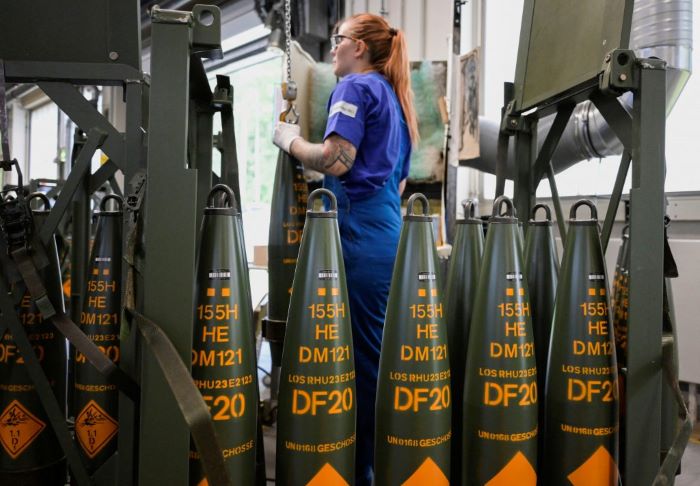If the US withdraws support, Europe will need to mobilize 300,000 troops and invest approximately €250 billion annually to defend against a potential Russian attack within the next 3–10 years, according to a joint study by the Kiel Institute for the World Economy and the Brussels-based think tank Bruegel.
In February, Ukrainian President Volodymyr Zelenskyy warned that Russia plans to deploy 150,000 troops to Belarus, potentially for an attack on NATO. He noted that Belarus, which borders three NATO countries, has become a staging ground for Russian military operations. Citing intelligence on Russian drills in Belarus, Zelenskyy also said that Moscow could launch a broader invasion of Europe as early as this summer.
The “Defending Europe Without the US: First Estimates of What is Needed” analysis estimates that Europe would require:
- around 50 additional brigades, totaling 300,000 soldiers
- at least 1,400 new main battle tanks
- 2,000 infantry fighting vehicles, the number exceeding the combined land forces of Germany, France, Italy, and the UK
- 2,000 long-range drones annually
Despite the scale of these requirements, the report argues that Europe’s economic strength makes the challenge manageable, as the additional spending would amount to only 1.5% of the EU’s GDP—significantly less than the economic mobilization seen during the COVID-19 crisis.
The study highlights Russia’s growing military power despite its heavy losses in Ukraine. By late 2024, Russia had deployed an estimated 700,000 troops in Ukraine—far exceeding its 2022 invasion force.
Additionally, in 2024, Russia produced about 1,550 new tanks and 5,700 armored vehicles, increasing output by 220% and 150%, respectively, compared to 2022. It has also significantly expanded its drone and long-range ammunition production.
The report also notes that if the US withdraws its support for Ukraine, the EU would need to spend only an additional 0.12% of its GDP to compensate for lost American military aid—a feasible sum. However, a major challenge remains Europe’s fragmented defense structure: unlike the US military, which operates as a unified force, Europe’s defense efforts are divided among 28 national armies.
The study suggests increasing European defense spending from the current 2% to 3.5–4% of GDP annually. This would require an additional €250 billion per year, with half potentially financed through joint European debt for collective procurement—offering cost advantages over individual national purchases. The remaining half would be covered by national defense budgets.
For Germany, Europe’s largest economy, this would mean increasing defense spending from €80 billion to €140 billion annually, equivalent to 3.5% of its GDP.
The authors also highlight potential economic benefits: increased defense spending, if financed through debt and invested within the EU, could serve as an economic stimulus—particularly amid declining external demand due to US tariffs and trade conflicts.
Related:
- Reuters: US funding freeze threatens probes into Russia’s war crimes
- UN monitors report “alarming rise” in Russian executions of Ukrainian POWs
- Ukraine’s police shows faces of Russian soldiers who murdered civilians in Bucha
- US Congress issues resolution to recognize Russian actions in Ukraine as genocide
- Russians execute four more Ukrainian prisoners of war near Pokrovsk




